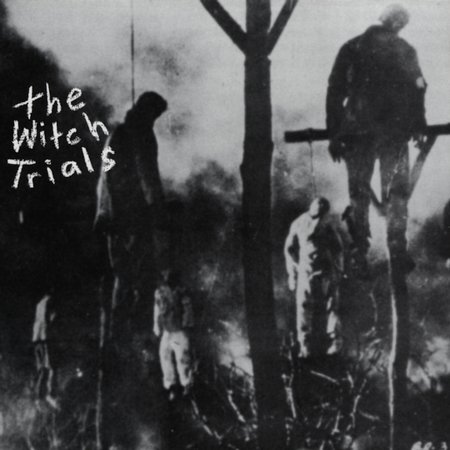
description
0An award-winning historian's examination of impossible events at the dawn of modernity and of their enduring significance "Historically rich and superbly written."--David J. Davis, Wall Street Journal Shortlisted for the International Society for Science and Religion Book Prize Accounts of seemingly impossible phenomena abounded in the early modern era--tales of levitation, bilocation, and witchcraft--even as skepticism, atheism, and empirical science were starting to supplant religious belief in the paranormal. In this book, Carlos M. N. Eire explores how a culture increasingly devoted to scientific thinking grappled with events deemed impossible by its leading intellectuals. Eire observes how levitating saints and flying witches were as essential a component of early modern life as the religious turmoil of the age, and as much a part of history as Newton's scientific discoveries. Relying on an array of firsthand accounts, and focusing on exceptionally impossible cases involving levitation, bilocation, witchcraft, and demonic possession, Eire challenges established assumptions about the redrawing of boundaries between the natural and supernatural that marked the transition to modernity. Using as his case studies stories about St. Teresa of Avila, St. Joseph of Cupertino, the Venerable María de Ágreda, and three disgraced nuns, Eire challenges readers to imagine a world animated by a different understanding of reality and of the supernatural's relationship with the natural world. The questions he explores--such as why and how "impossibility" is determined by cultural contexts, and whether there is more to reality than meets the eye or can be observed by science--have resonance and lessons for our time.
member goods
No member items were found under this heading.
Return Policy
All sales are final
Shipping
No special shipping considerations available.
Shipping fees determined at checkout.







